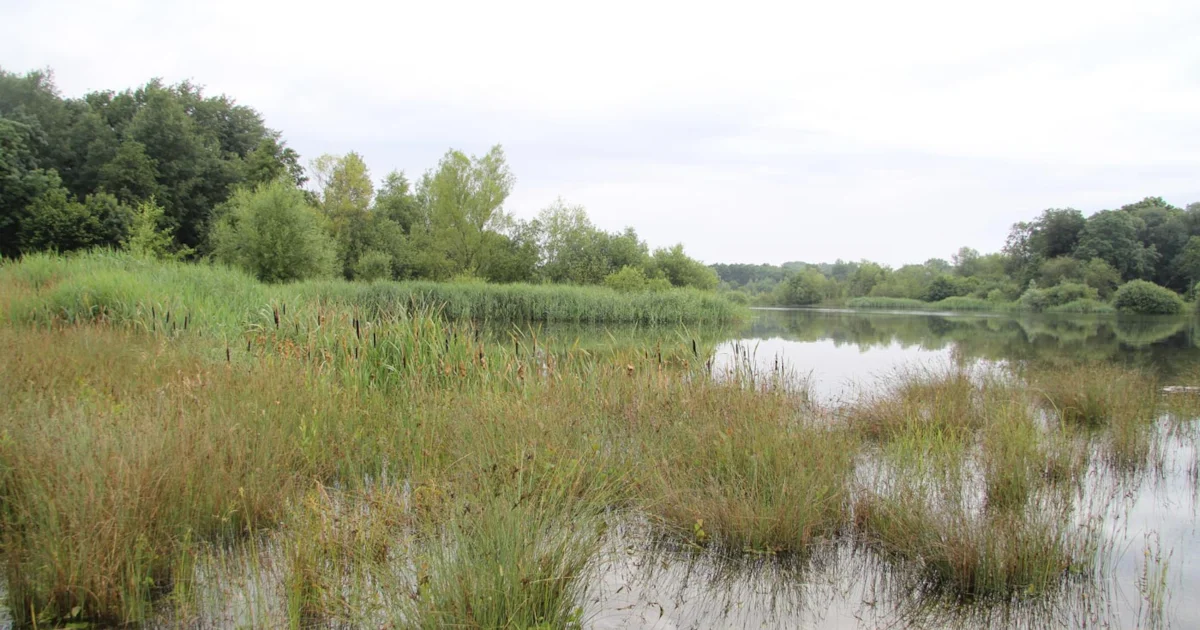Nature is declining faster than at any time in human history, with an estimated one million species across the globe currently threatened with extinction due to human activities. In December 2022, a landmark agreement called the Kunming-Montreal Global Biodiversity Framework was established by world leaders from 196 nations, to halt nature loss and prevent ecosystem collapse. One of the Framework’s key targets, known as ‘30 by 30’, was to protect 30% of the world’s land, coastal waters, and oceans by 2030. This has led to a rapid expansion in land being designated as specially protected in recent years.
We know that protected areas benefit biodiversity. It’s also true that some protected areas are in a better state than others – for example, some experience pressures from pollution, non-native species, or unsustainable practices. So, as well as designating new protected areas, we need to understand how much could be gained from managing protected areas to reduce pressures and recover from previous impacts.
In the UK, protected areas are categorised as being in favourable or unfavourable ‘condition’ for biodiversity based on attributes such as habitat extent and structure, or the species present, with management generally needed to improve unfavourable sites. The BTO-led research, in partnership with the UK Centre for Ecology and Hydrology (CEH) and Joint Nature Conservation Committee (JNCC), compared protected areas that were in a favourable versus an unfavourable condition, and how breeding bird populations fared across the various types.



There is plenty of scope for small-scale improvements - and they can be very effective. I don’t have any data to hand on exactly what would be the most effective per sq meter or anything like that, but I wouldn’t mind betting that planting flowering plants that act as a food source for insects and are in flower for as much of the year as possible would be near the top. This can be done at any scale - from pots on a balcony to a full-blown wildflower meadow instead of a lawn.[
Buglife has some info and suggestions for this.